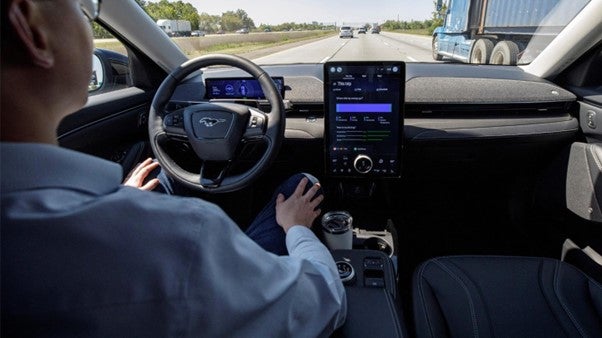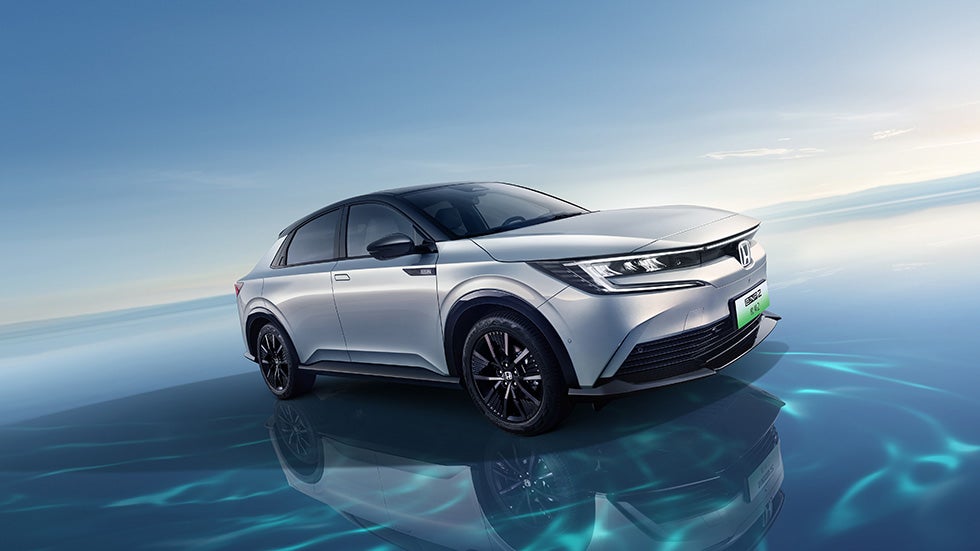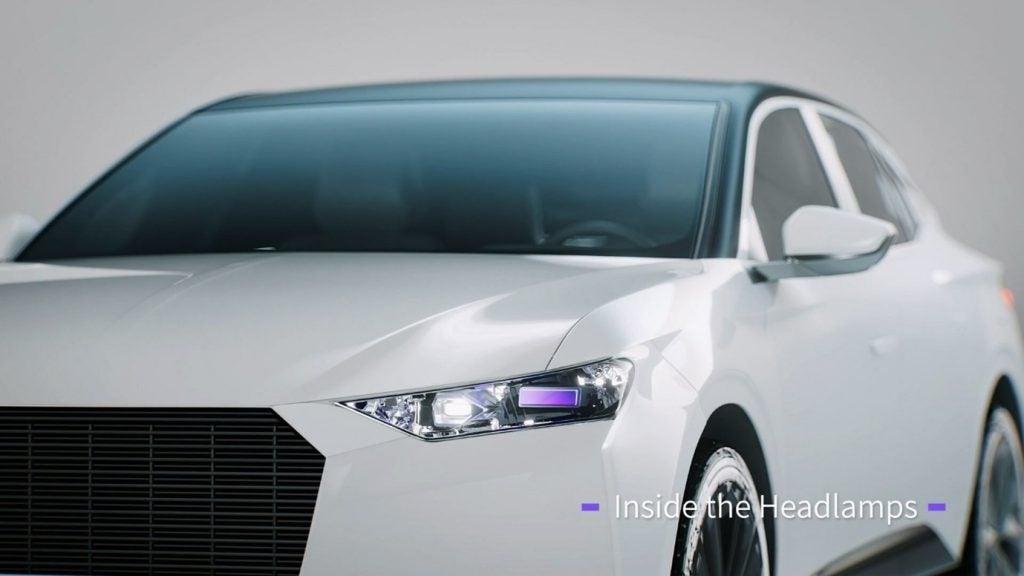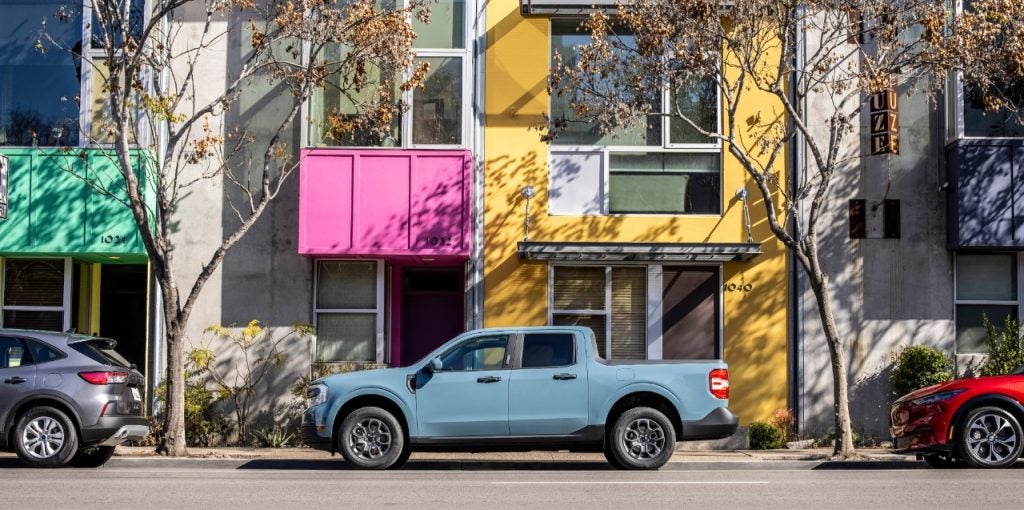Buyers of Ford Motor Company vehicles could soon be able to “plug and play” their favorite electronic devices into any car, minivan or sport utility.
Ford Motor Company’s Lincoln Navigator on display at Convergence 2000 provides a preview of how having a standardized multimedia network interface for electronics opens a new door for automakers to deliver up-to-date built-in audio and video content in any vehicle.
The Lincoln Navigator, for example, features a Sony Playstation 2, a device that will be showing up soon on U.S. store shelves. The game interfaces with two in-vehicle 1394 video displays. In the past, portable consumer electronic multimedia devices could not interface with vehicles without major electronic modifications, slowing the time it took to bring such features to market. The ability to interface consumer electronic devices along with the quick installation is made possible because of a standard global interface that Ford Motor Company and nearly a dozen of the world’s automakers are developing through the Automotive Multimedia Interface Collaboration (AMI-C), an industry group working to establish a standard way to deliver multimedia content in new vehicles. The network on display in the Lincoln Navigator is known in the industry as the IEEE 1394 serial bus, a high-speed network for transporting digital audio/video. The automotive supplement is dubbed IDB-1394 and is being developed by the 1394 Joint Automotive Working Group. This group was formed January 2000 by the 1394 Trade Association (in cooperation with the IDB-Forum) to expressly develop the 1394 automotive supplement.
The Navigator features an interchangeable CD player, Camcorder and DVD to demonstrate the advantages IDB 1394 brings to a vehicle in terms of consumer plug & play electronics. A “customer convenience port” in the Navigator allows consumers to plug their favorite multimedia devices in the vehicle, such as a laptop computer or palm held device, using the same cable in their home, interchangeably.
“This standard will allow Ford Motor Company to provide state of the art electronic packages to its customers more quickly,” said Cary Wilson, director, Ford Motor Company electrical/electronics systems engineering. “We call the 1394 interface the customer convenience port because it allows our customers to bring popular consumer products into the car.”
Having an industry standard interface, such as IDB 1394, not only allows consumers to interface portable devices within the car, it also allows auto companies to more quickly bring multimedia vehicles to market and then easily add, remove and upgrade the electronic devices in them. It also allows these same devices to work interchangeably among competitive vehicles.
How well do you really know your competitors?
Access the most comprehensive Company Profiles on the market, powered by GlobalData. Save hours of research. Gain competitive edge.

Thank you!
Your download email will arrive shortly
Not ready to buy yet? Download a free sample
We are confident about the unique quality of our Company Profiles. However, we want you to make the most beneficial decision for your business, so we offer a free sample that you can download by submitting the below form
By GlobalData“Providing the 1394 Customer Convenience Port will allow people to plug-in their latest portable electronic devices into the vehicle,” said Frank Desjarlais, co-chairman of the 1394 Automotive Working Group and a Ford Motor Company network systems engineer: “The fact that 1394 is an existing standard and capable of supporting digital video makes it ideally suited for this purpose.”







